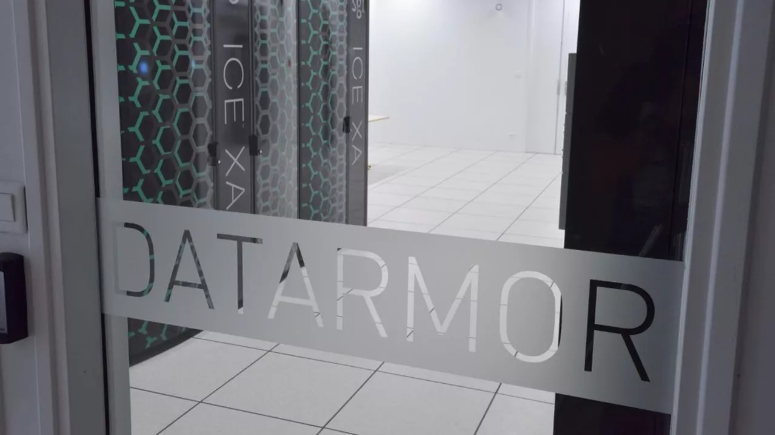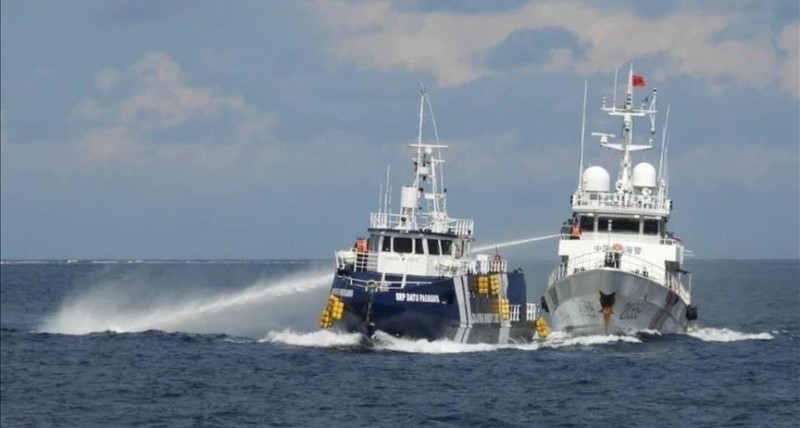As illustrated by tools such as the Datarmor supercomputer and the Mercator Ocean International digital twin, new technologies play a central role in the data collection work carried out by the French Research Institute for Exploitation of the Sea (Ifremer). These innovations enable advanced analysis and better management of marine data, helping to support marine research and decision-making.
No, shellfish farming does not sequester CO2… it emits it, according to a recent study by the French Research Institute for Exploitation of the Sea (Ifremer). A few months earlier, overfishing was the subject of a detailed report from this public institution, created forty years ago and dedicated to ocean knowledge and related activities.
With 6 submersibles and about ten ships available, supporting 1,800 scientists in conducting 120 annual campaigns, Ifremer, with an annual budget of €260 million, aims to acquire and share marine data using new technologies, focusing on ocean protection and sustainable resource management.
« Turning a droplet into a number »
« It’s about collecting information, from the coasts to the high seas, from the surface to the depths, and making it accessible: our job is to turn a droplet into a number, » explains Benoît Morin, a computer engineer specializing in artificial intelligence and head of the Datarmor platform.
This high-performance computing center, located at Ifremer in Plouzané (Finistère), was modernized in 2023 with enhanced storage capabilities through various technologies, including those from NetApp, a U.S.-based infrastructure company. « In the past two years, we’ve generated as much data as in the entire previous decade, proving that storage, security, and management solutions must evolve, » says Guillaume de Landtsheer, CEO of NetApp France.
One billion digitalized files are stored at Ifremer’s Datarmor, highlighting the technological acceleration at the institute. This is demonstrated by the « Digital Twin of the Ocean » project by Mercator Ocean International (MOi), a simulation system using a digital twin of the ocean. This model, fed by in-situ and satellite observations, allows for the study of ocean impacts such as temperature, salinity, and human activity, with AI simplifying the interpretation of these effects on nature.
Thanks to this virtual replica, we can study the impacts on the ocean from various parameters such as temperature, salinity, wind strength, and human activities. Then, with artificial intelligence, we can simplify their consequences on nature: AI acts as a quick and effective interpreter, » explains Benoît Morin, adding that MOi was chosen by the European Commission as the ideal tool to implement the Copernicus Marine Service, the European ocean monitoring service.
Another example of data usage is ATLASea, a marine genome atlas, and Meiodyssea, a project aimed at describing up to 200 new species of meiofauna (microscopic organisms). These projects result from collaborations with national and international organizations, including the National Museum of Natural History, CEA, and CNRS for ATLASea, and JAMSTEC, the Netherlands’ Naturalise Biodiversity Center, and the Senckenberg Museum in Germany for Meiodyssea.
« Science is not done alone, in a laboratory, but with partners, from both research and tech, » reminds Benoît Morin. As proof, there are 24 installations « across all the seas of the world, » producing a quarter of France’s research in marine sciences and technologies, and filing 45 patent families.
Source : lesechos



